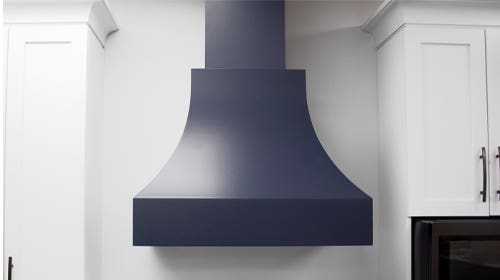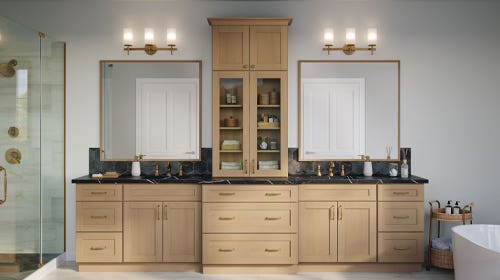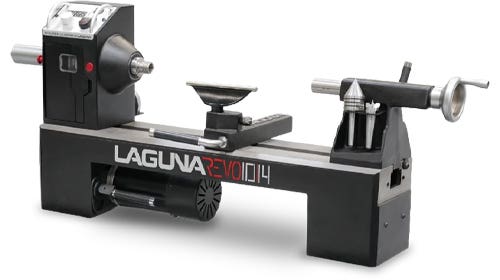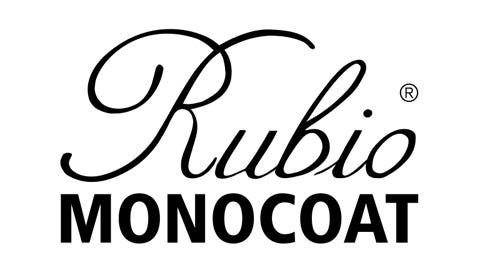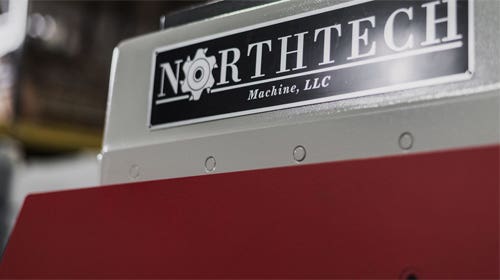Invasive beetle cant curtail ash sales
Ash trees throughout the country are being threatened by the Emerald ash borer at a rapidly increasing rate, prompting states and local communities to impose quarantines on distribution of lumber…
Ash trees throughout the country are being threatened by the Emerald ash borer at a rapidly increasing rate, prompting states and local communities to impose quarantines on distribution of lumber products made from them.
But despite large-scale publicity about the invasive beetle potentially destroying large quantities of ash, sales and supplies have not been affected as of yet, according to hardwood lumber dealers interviewed by Woodshop News. Henry Troyer of Keim Lumber Co. in Charm, Ohio, for example, was expecting a more drastic effect.
“Ash is still available and I’m surprised it’s still at the price it is now. I was a little worried that the media coverage would make it worse, but a lot of people have been educated and, as far as I see, we’re doing pretty well,” says Troyer.
“As of now, I’m not aware of any shortages due to the Emerald ash borer. I was expecting the price to go up and there to be a lumber shortage, but we haven’t noticed that, although we have seen the traps in the area and not too far from here we have the borer and some dead ash trees. But it has really not affected the market that much here at our company.”
Troyer notes that ash sales are generally made to woodworkers starting furniture and cabinet projects, and by millwork providers. There has been a fairly strong demand for ash trim packages in northern Ohio, which he believes reflects a current design trend.
“We’ve done quite a few custom doors in ash. People are staining and clear-coating so you can still see the grain. Most of them are looking for white ash. We do sell some of the unselected, but for the most part that’s for trim and doors. People tend to prefer the white.”
Matt Gilland of Superior Veneer in New Albany, Ind., reports that ash veneer sales have been steady and that he’s not seen an uptick or decrease either way.
“Ash is a prime grower in Southern Indiana. It’s been a big issue here with the Emerald ash borer. As I recall, reading from the local articles, they found some in the vicinity. They’re very sensitive about that bug getting into the trees,” says Gilland.
Gilland hasn’t personally experienced any problems with sales due to the EAB getting into trees, but he says that may be because he has a good inventory of supply and only buys small amounts at a time. He’s seeing customers select ash for its unique, noticeable grain pattern.
“For the most part, our customers want all white ash. They are mostly looking for the grain because they can stain or paint it with something really dark and the grain will still show through. Whether it is quarter cut or flat cut, the grain still comes through.”
Francis Robichaux Jr., of Robichaux Lumber Co. in Raceland, La., says ash sales have declined in recent years, but attributes that to shifting homeowner preferences.
“We used to sell a lot of ash lumber and plywood. Back in the ’60s it was real prevalent. Then everybody went to oak. I don’t believe it has anything to do with the Emerald ash borer. It’s a fad.
“Ash is a pretty wood and it’s got big, wild grain in it. It stains pretty, especially white ash. The white ash is what people want. They don’t want the minerals in it. It’s hard to find the plywood now, but the lumber’s prevalent. There’s no problem finding it.”
Retail quotes for FAS 4/4 white ash ranged from $2.77 to $3.55/bf.
This article originally appeared in the September 2012 issue.


